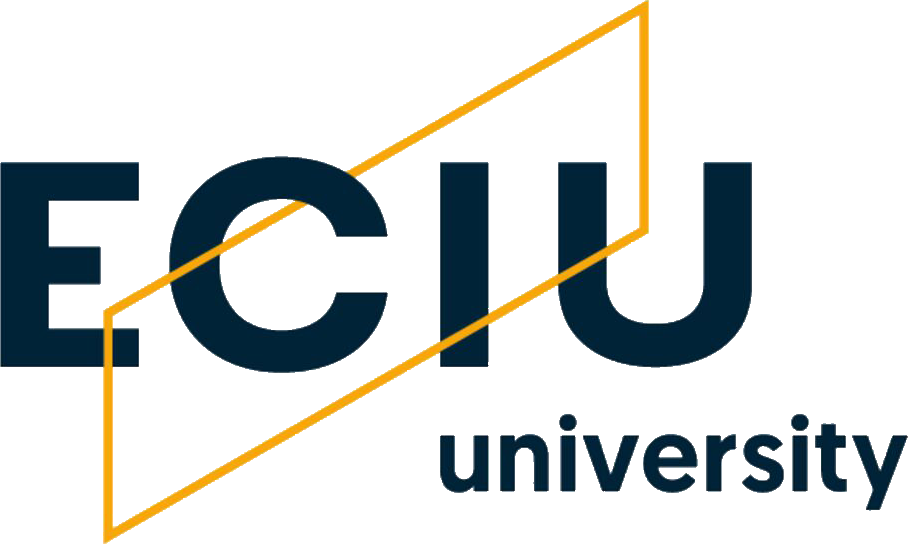Lodz University of Technology is a partner in the ST3AM project, which aims to empower women and girls in STEM education and careers. The project will launch on October 1 and run for three years.
With €400,000 in funding from the Erasmus+ program, the consortium includes: Ecole Supérieure des Technologies Industrielles Avancées (France) as coordinator, Greek educational innovator Innovation Hive, University of South-Eastern Norway, UCLan Cyprus Limited in Larnaca, Lithuanian Vytautas Magnus University, University of West Attica in Greece, and Lodz University of Technology.
The project’s title, Striving for gender balance via educaTion reformation, 3A Factors for Advancement, and Mentorship in STEM, encapsulates its mission to promote gender balance in STEM through education reform, focusing on the 3A factors – Attract, Access, and Attain.
The 3A framework highlights three critical factors. Attract focuses on encouraging women and girls to enter STEM fields through initiatives that make these areas accessible and appealing to all. Access is concerned with ensuring equal access to educational resources and career opportunities in STEM. Last but not least, Attain concentrates on supporting women’s success in STEM through mentoring and creating environments that nurture professional development.
Education reform is fundamental to achieving gender balance in STEM. Introducing programs that encourage girls to pursue science can significantly influence their future academic and career choices. Teachers trained to recognize and neutralize gender stereotypes will be better equipped to help female students develop their interests in STEM fields.
Prof. Volodymyr Mosorov from the Institute of Applied Informatics at TUL’s Faculty of Electrical, Electronic, Computer and Control Engineering, who coordinates the project at TUL, explains,
‘We aim to empower women and girls through specialized educational modules and inspiring content that is sensitive to gender differences. By promoting a culture aware of these differences, we create more educational and professional opportunities. We achieve this by connecting schools, universities, and industry, in alignment with the European Commission's vision. Our goal is to influence policy at the European level to bring about lasting change.’
The project partners will develop national reports analyzing the inclusiveness of higher education systems, policies, and practices that promote gender equality and support women in STEM education. A digital platform with educational materials will be created to support women scientists and mentors, helping to address issues such as gender discrimination and lack of self-confidence. Mentoring by industry professionals will facilitate networking and open new career opportunities.
The research phase of the project will involve a comprehensive analysis of factors contributing to the underrepresentation of women in STEM, using the 3A methodology. This will include gathering baseline data on STEM programs, with a focus on engineering and ICT, in partner countries, as well as analyzing the percentage of women dropping out compared to the overall dropout rate. The gender equality plans of universities will be assessed, along with psychological and practical factors like self-efficacy, biases, stereotypes, and understanding of educational programs that influence girls’ decisions to pursue STEM studies.
The hub developed within the project will play a key role in boosting women's participation, offering support and fostering a wide network connecting the academic community with industry representatives.

